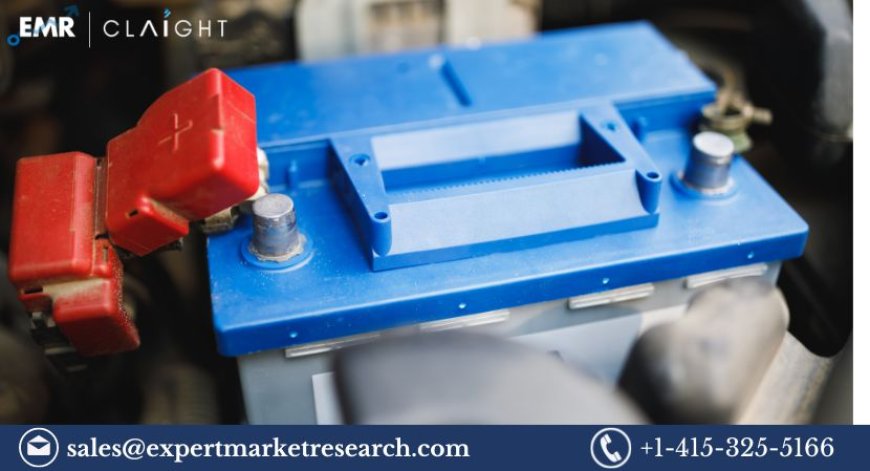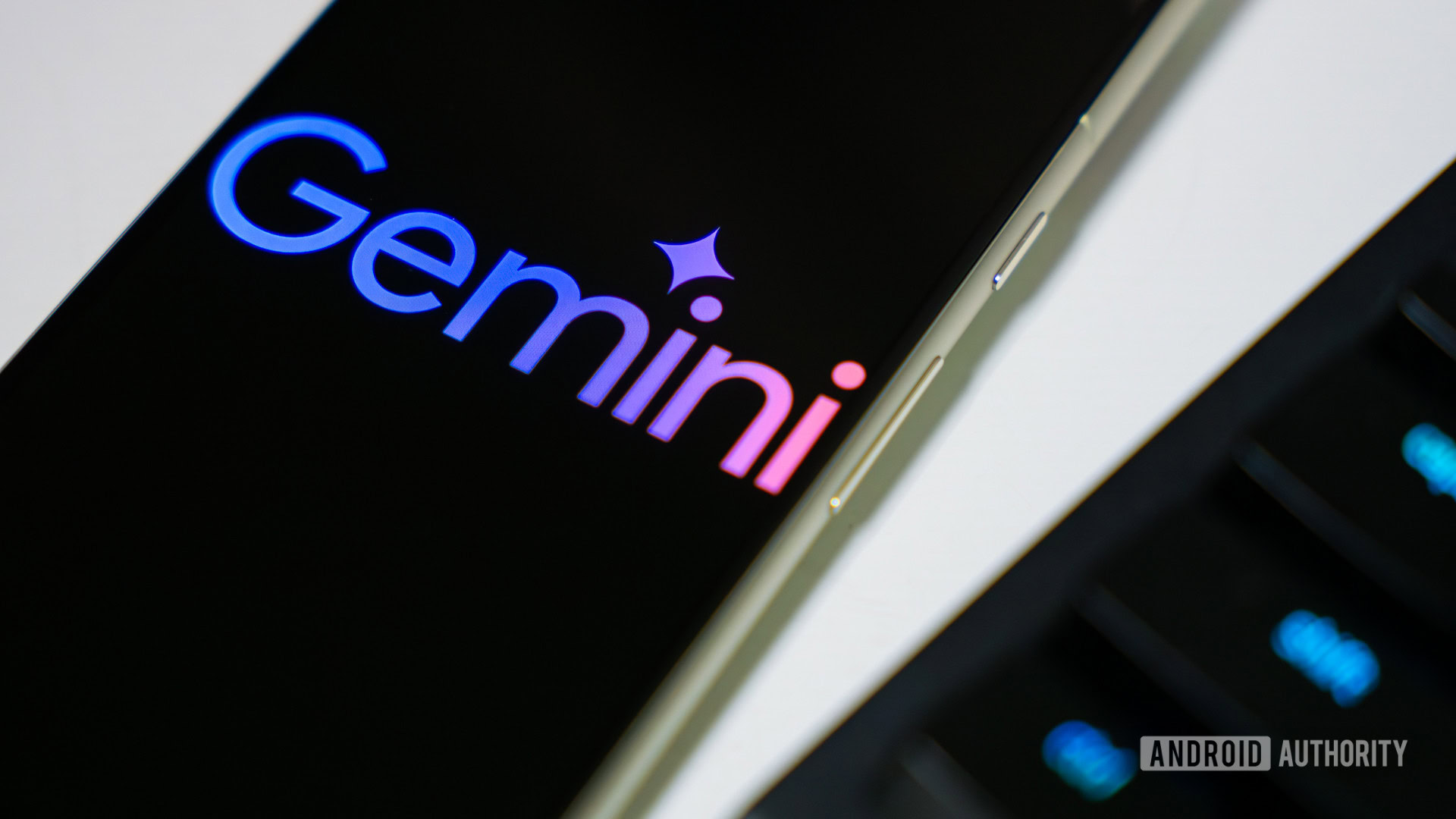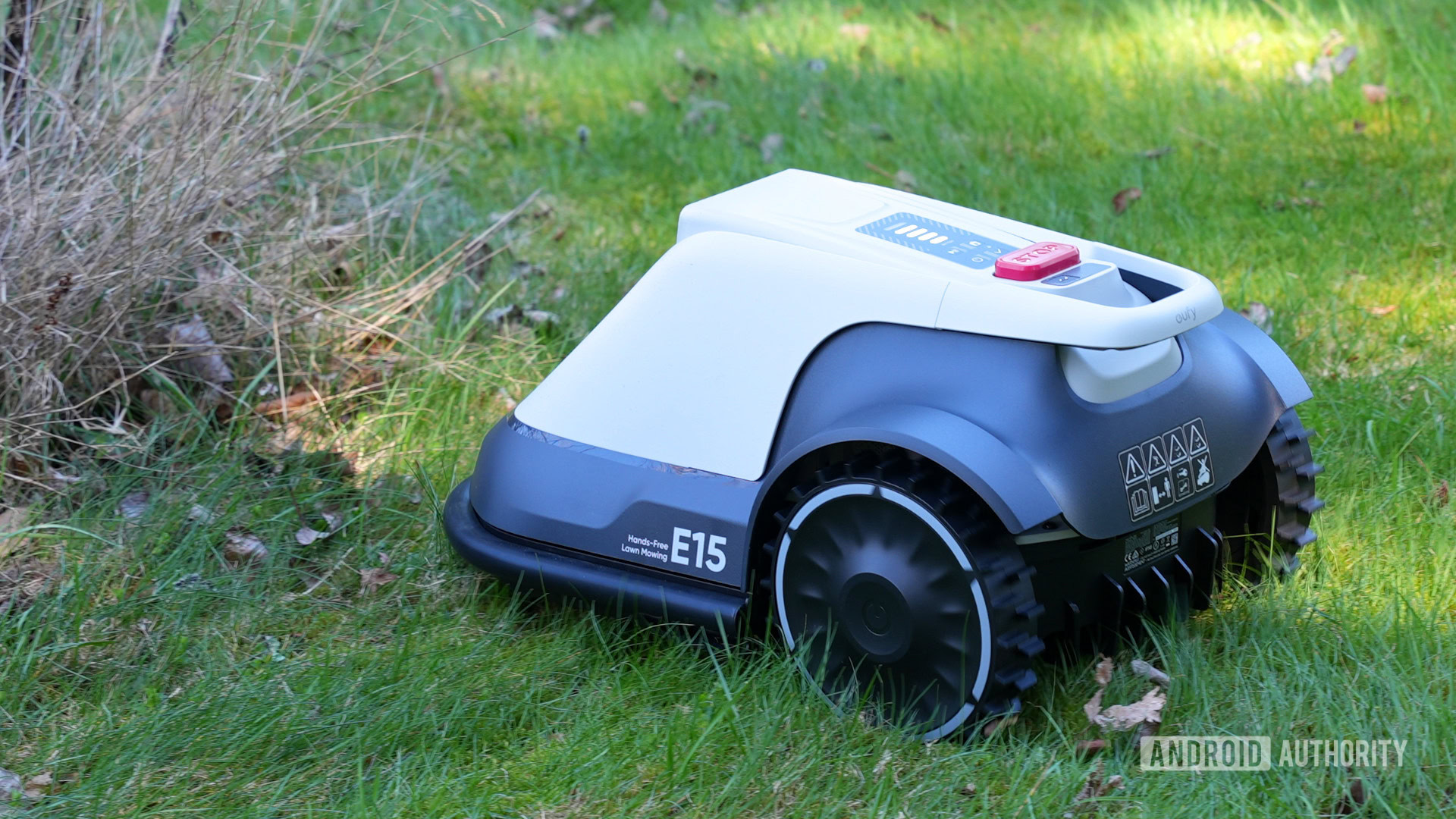The Expanding Automotive Lead-Acid Battery Market: An In-Depth Analysis 2024-2032
The automotive industry is constantly evolving, driven by technological advancements and the growing demand for efficient energy storage solutions.

Automotive Lead-Acid Battery Market Overview
Lead-acid batteries are one of the oldest and most reliable types of rechargeable batteries, commonly used in automotive applications. These batteries provide the necessary power for starting, lighting, and ignition (SLI) in vehicles, making them an essential component of automotive electrical systems. Despite the advent of newer battery technologies, lead-acid batteries remain popular due to their reliability, cost-effectiveness, and recyclability.
The adoption of lead-acid batteries in the automotive sector has been driven by the increasing production of vehicles, the growing demand for electric and hybrid vehicles, and the need for reliable energy storage solutions. Additionally, advancements in lead-acid battery technology have enhanced their performance, lifespan, and efficiency, further fueling their demand.
Automotive Lead-Acid Battery Market Size
In 2023, the automotive lead-acid battery market was valued at USD 13.73 billion. The market is expected to grow at a CAGR of 3.80% during the forecast period from 2024 to 2032, reaching approximately USD 19.24 billion by 2032. This growth is attributed to several factors, including the rising production of vehicles, increasing demand for aftermarket replacements, and technological advancements in lead-acid battery design and performance.
Automotive Lead-Acid Battery Market Trends
Technological Advancements: Innovations in lead-acid battery technology, such as enhanced flooded batteries (EFB) and absorbent glass mat (AGM) batteries, are improving the performance, lifespan, and efficiency of these batteries.
Growing Electric and Hybrid Vehicle Market: The rising adoption of electric and hybrid vehicles is boosting the demand for lead-acid batteries for auxiliary applications, such as powering lights, wipers, and infotainment systems.
Increasing Vehicle Production: The global increase in vehicle production, particularly in emerging economies, is driving the demand for automotive lead-acid batteries.
Sustainability and Recycling: Lead-acid batteries are highly recyclable, and increasing awareness of sustainability and environmental concerns is driving the demand for recyclable battery solutions.
Aftermarket Growth: The growing automotive aftermarket, driven by the need for battery replacements and maintenance, is contributing to the demand for lead-acid batteries.
Automotive Lead-Acid Battery Market Segmentation
Vehicle Type
Passenger Cars
Commercial Vehicles
Two-Wheelers
HEV Cars
Product
SLI Batteries
Micro Hybrid Batteries
Type
Flooded Batteries
Enhanced Flooded Batteries
VRLA Batteries
Customer Segment
OEM
Replacement
Region
North America
Europe
Asia-Pacific
Latin America
Middle East & Africa
Get a Free Sample Report with Table of Contents
Automotive Lead-Acid Battery Market Share
The market share of automotive lead-acid batteries varies across different segments and regions. North America and Europe are leading markets due to the high adoption rate of advanced automotive technologies and the presence of major market players. These regions also have stringent regulations regarding vehicle emissions and energy storage, which drive the demand for efficient and reliable battery solutions.
Asia-Pacific is emerging as a significant market due to the rapid growth of the automotive industry and increasing vehicle production in countries like China, Japan, and India. The region's expanding middle class and rising disposable incomes are also contributing to the increased demand for vehicles, thereby boosting the need for lead-acid batteries.
Automotive Lead-Acid Battery Market Growth
Rising Vehicle Production: The global increase in vehicle production, especially in emerging economies, is driving the demand for automotive lead-acid batteries.
Aftermarket Demand: The growing need for battery replacements and maintenance in the automotive aftermarket is boosting the demand for lead-acid batteries.
Technological Advancements: Ongoing advancements in lead-acid battery technology are enhancing their performance, lifespan, and efficiency, making them more attractive to automotive manufacturers and consumers.
Sustainability and Recycling: The high recyclability of lead-acid batteries and increasing awareness of environmental sustainability are driving their demand.
Electric and Hybrid Vehicles: The rising adoption of electric and hybrid vehicles is boosting the demand for lead-acid batteries for auxiliary applications.
Automotive Lead-Acid Battery Market Analysis
Competitive Landscape: The market is highly competitive, with several key players striving to gain a larger market share. Leading companies are focusing on research and development, strategic partnerships, and mergers and acquisitions to strengthen their market position.
Cost Considerations: While lead-acid batteries are cost-effective compared to newer battery technologies, their performance and lifespan are continually being enhanced to meet the evolving needs of the automotive industry.
Consumer Preferences: There is a growing preference for reliable and cost-effective battery solutions that offer efficient energy storage and recyclability. Lead-acid batteries continue to meet these preferences.
Technological Integration: The integration of lead-acid batteries with advanced vehicle technologies, such as start-stop systems and regenerative braking, is enhancing their performance and efficiency.
Automotive Lead-Acid Battery Market Forecast
The automotive lead-acid battery market is projected to grow from USD 13.73 billion in 2023 to approximately USD 19.24 billion by 2032, at a CAGR of 3.80%. This growth is driven by factors such as increasing vehicle production, rising aftermarket demand, technological advancements, and the adoption of electric and hybrid vehicles.
Competitor Analysis
Exide Technologies Inc.: A leading provider of lead-acid batteries, Exide Technologies offers a wide range of automotive batteries known for their reliability, performance, and recyclability.
GS Yuasa International Ltd: GS Yuasa is a global leader in battery manufacturing, providing advanced lead-acid batteries for automotive applications, including start-stop systems and electric vehicles.
Panasonic Corporation: Panasonic offers high-quality lead-acid batteries that are widely used in automotive applications, known for their durability and efficiency.
Leoch International Technology Limited Inc: Leoch International specializes in lead-acid batteries for various automotive applications, including passenger cars and commercial vehicles.
Others: Various other companies contribute to the market with innovative technologies and solutions, making the automotive lead-acid battery market highly competitive and dynamic.
FAQ
Q: What is a lead-acid battery?
A: A lead-acid battery is a type of rechargeable battery commonly used in automotive applications. It provides power for starting, lighting, and ignition (SLI) and other auxiliary applications in vehicles.
Q: How does a lead-acid battery work?
A: Lead-acid batteries work by converting chemical energy into electrical energy through a chemical reaction between lead, lead dioxide, and sulfuric acid.
Q: What are the benefits of lead-acid batteries?
A: Benefits include reliability, cost-effectiveness, recyclability, and the ability to provide high power output for automotive applications.
Q: Which types of vehicles use lead-acid batteries?
A: Lead-acid batteries are used in various types of vehicles, including passenger cars, light commercial vehicles, and heavy commercial vehicles.
Q: What factors are driving the growth of the lead-acid battery market?
A: Key factors include rising vehicle production, increasing aftermarket demand, technological advancements, and the adoption of electric and hybrid vehicles.
Media Contact:
Company Name: Claight Corporation
Contact Person: Emily Jacks, Business Consultant
Email: sales@expertmarketresearch.com
Toll Free Number: US +1-415-325-5166 | UK +44-702-402-5790
Address: 30 North Gould Street, Sheridan, WY 82801, USA
Website: www.expertmarketresearch.com
What's Your Reaction?
 Like
0
Like
0
 Dislike
0
Dislike
0
 Love
0
Love
0
 Funny
0
Funny
0
 Angry
0
Angry
0
 Sad
0
Sad
0
 Wow
0
Wow
0
Related Posts
Medical Fixation Devices Market Set to Witness Explosiv...
nitinrrr Nov 30, -0001 0























































